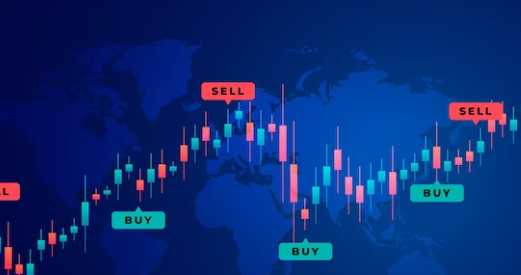
CFD Trading for Day Traders: Strategies and Tips
CFD trading, otherwise known as Contracts for Difference, is a popular form of trading that has surged in popularity over the past decade. It allows investors to speculate on rising and falling markets without owning the underlying asset. This makes it a popular choice for those looking to diversify their portfolios, reduce risk, and potentially earn more significant returns. However, like all forms of trading, CFD trading comes with its own risks and complexities. As a beginner, it can be hard to know where to start. In this ultimate beginner’s guide, we will cover the basics of Cfds trading to help you get started.
1. What is CFD Trading?
cfd how it works trading is a method of trading that allows investors to speculate on the price movement of financial markets without owning the underlying asset. Essentially, investors are making a bet on whether the price of an asset will go up or down. A CFD agreement is made between the buyer and the seller, where the buyer agrees to pay the seller the difference between the current market price of an asset and the price at which the contract was agreed upon. If the asset’s price goes up, the buyer gets a profit from the seller, while if the price goes down, the buyer owes the seller.
2. The Advantages and Risks of CFD Trading
The primary advantage of CFD trading is that it allows investors to speculate on the price of an asset without owning it. This is an advantage as it provides investors with the flexibility to enter and exit positions quickly with lower fees and higher leverage opportunities than traditional buying and selling. However, CFD trading comes with risks as well. The risk of losses can be significant if the price of the asset moves against the investor. Therefore, it is crucial to have a proper risk management strategy in place before getting started.
3. CFD Trading Strategies
There are many CFD trading strategies investors can use to maximize their profits and minimize their risks. One popular strategy is position trading, which involves holding a position for more extended periods, typically weeks or months, to take advantage of fundamental developments in the market. Another popular strategy is scalping, which involves opening and closing trades within seconds or minutes. This strategy aims to make small profits frequently but can be risky. It is critical to decide on a strategy that aligns with your goals and risk profile.
4. How to get started with CFD Trading?
To get started with CFD trading, the first thing to do is to find a reputable broker that offers CFD trading. After finding a broker, you will need to open an account, provide identification documents, and make a deposit. Once your account is set up, you can access trading platforms and start trading. It is also essential to understand the fees associated with CFD trading, including spreads, commissions, and overnight fees.
5. Conclusion
CFD trading is a popular form of trading that offers many advantages to investors. However, it’s essential to understand the risks and complexities of CFD trading before getting started. In this ultimate beginner’s guide, we have covered the basics of what CFD trading is, its advantages and risks, popular trading strategies, and how to get started. With the right knowledge and strategies, CFD trading can be an excellent investment opportunity for anyone looking to diversify their portfolio and take advantage of market fluctuations.